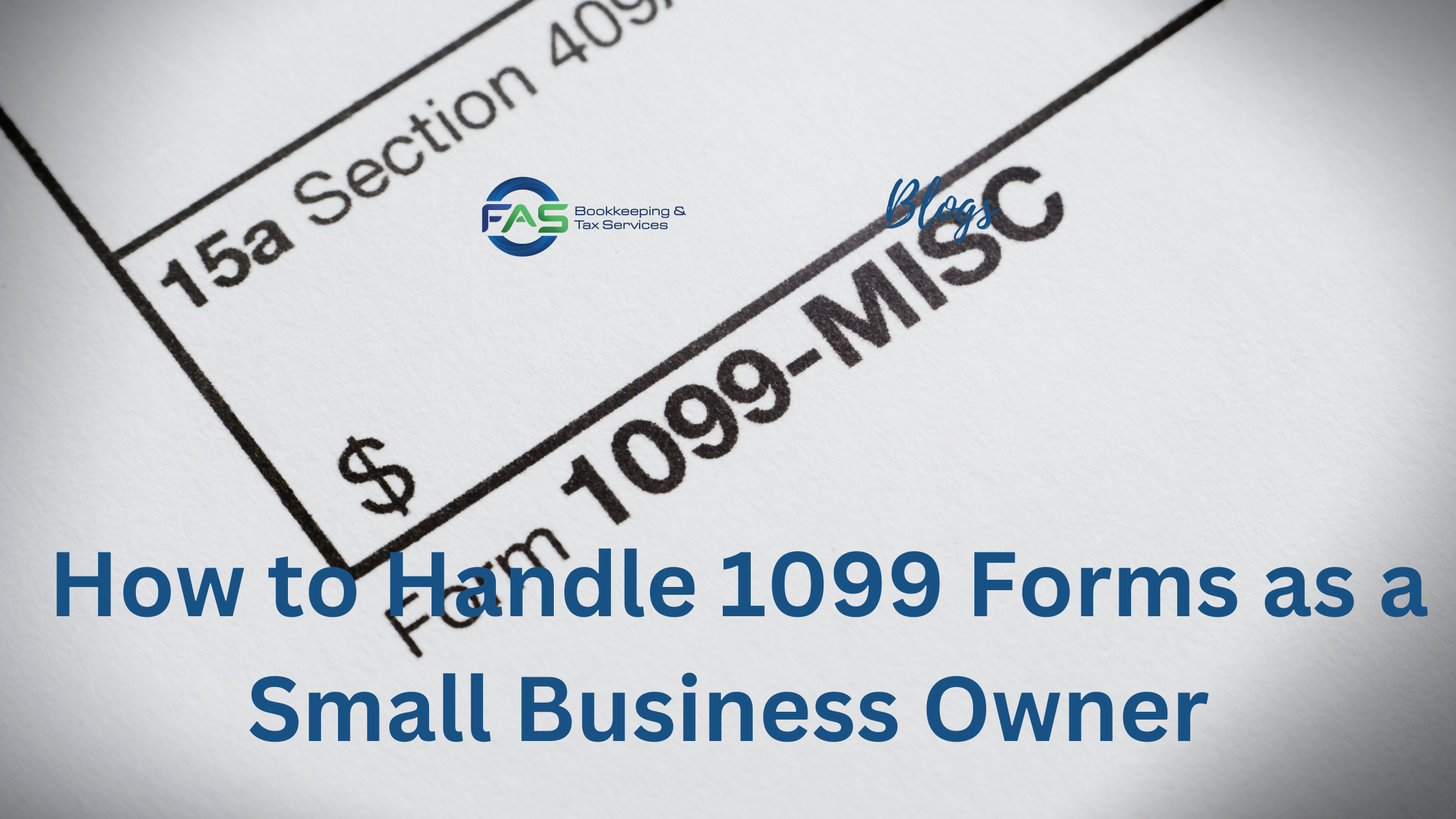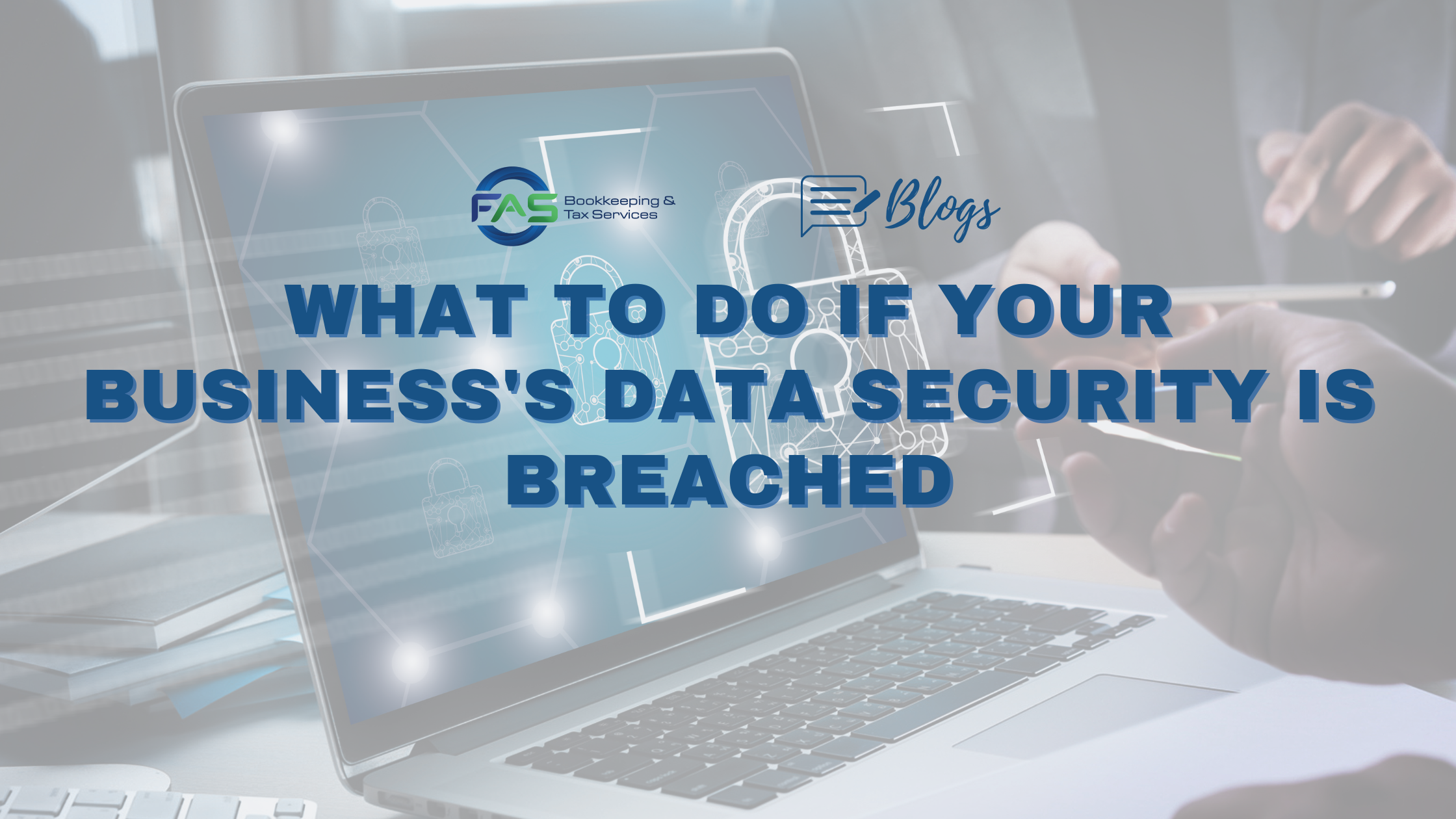For self-employed individuals and small business owners who report income and expenses on Schedule C of their tax returns, an IRS audit can be a daunting experience. With the IRS ramping up enforcement efforts and refining its audit procedures, it’s more critical than ever to understand how Schedule C audits work, what triggers them, and how to prepare.
In this blog, we’ll break down the key aspects of Schedule C audits, including audit selection, types of examinations, and best practices for defending your return.
How the IRS Selects Returns for Audit
The IRS has broad authority under IRC §7602 to examine books, records, and witnesses in a tax audit. However, not all returns are selected randomly—there are key triggers that increase audit risk:
- The Discriminant Income Function (DIF) Score
Every tax return is assigned a DIF score, which estimates the likelihood of underreported income or questionable deductions. The higher the score, the more likely a return will be flagged for an audit.
- The Unreported Income Discriminate Index Function (UI-DIF)
This tool helps the IRS identify returns that have a high probability of omitted income, particularly for cash-based businesses.
- The National Research Program (NRP)
The NRP audit selects returns randomly to analyze taxpayer compliance. These audits are highly detailed and may result in new audit procedures being developed.
Types of Schedule C Audits
Not all audits are created equal. The IRS employs different types of examinations based on the complexity of the case:
- Correspondence Audits – Conducted via mail, these audits focus on specific deductions or income items.
- Office Audits – Taxpayers must meet with an auditor at an IRS office to review their records.
- Field Audits – Conducted at the taxpayer’s business location, these are the most thorough and complex.
- Eggshell or Complex Audits – These audits involve significant risks, such as potential fraud or criminal investigation.
The Reengineered IRS Examination Process
The IRS has revamped its examination procedures with an emphasis on:
- Improved communication – Expect clearer instructions and structured engagement agreements.
- Managerial involvement – Supervisors now play a more active role in the audit process.
- Risk analysis – Examiners assess fraud potential early in the process.
Preparing for a Schedule C Audit
Preparation is the key to a successful audit defense. Here are some examples of areas to keep in mind:
- Ensure records, receipts, and tax filings are in order.
- Request all document requests in writing – Use IRS Form 4564 (IDR) to ensure accountability.
- If in doubt, hire a tax professional.
IRS Audits & QuickBooks Issues
Many Schedule C filers use QuickBooks or similar accounting software. The IRS has become more aggressive in requesting electronic records, and in some cases, examiners have requested full QuickBooks files. For Best Practices for Protecting Financial Data during an audit, contact us at admin@fas-accountingsolutions.com
Taxpayer Rights & Representation
Taxpayers have rights during an audit, including the right to representation and the ability to challenge findings. Under IRC §7525, federally authorized tax practitioners (CPAs, EAs, and attorneys) can invoke a confidentiality privilege similar to attorney-client privilege in non-criminal cases.
Additionally, hiring tax professionals such as Enrolled Agent can help monitor IRS examiners for procedural missteps or abuses of discretion, ensuring the taxpayer’s rights are protected.
Final Thoughts: Be Prepared, Not Scared
While Schedule C audits can be intimidating, proper preparation and representation can significantly improve the outcome. By understanding audit triggers, types of examinations, and taxpayer rights, you can take proactive steps to navigate the process with confidence.










